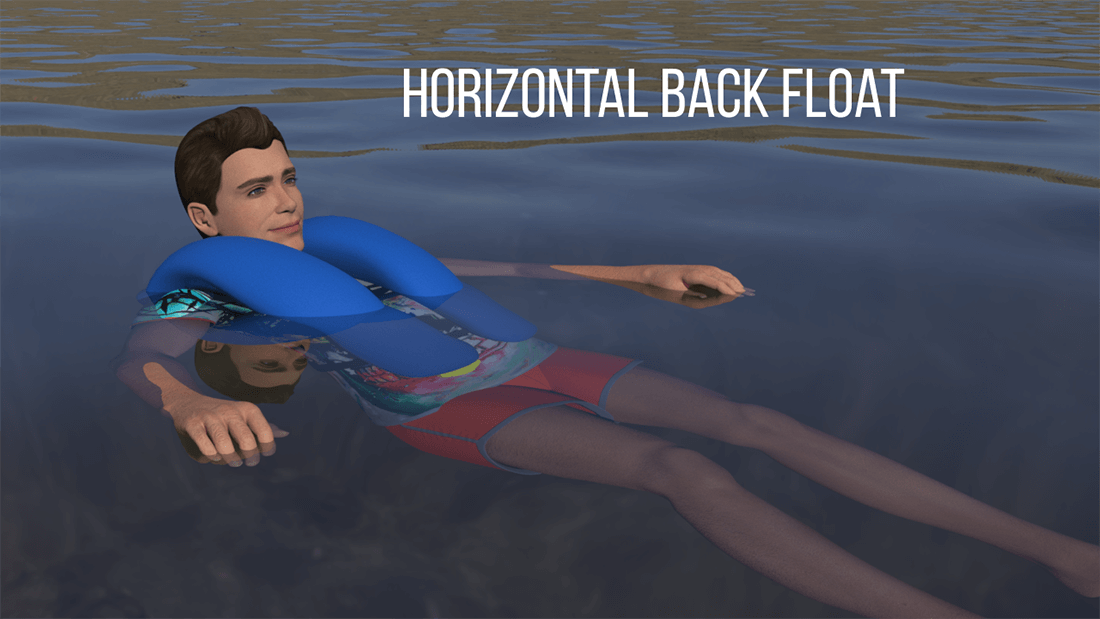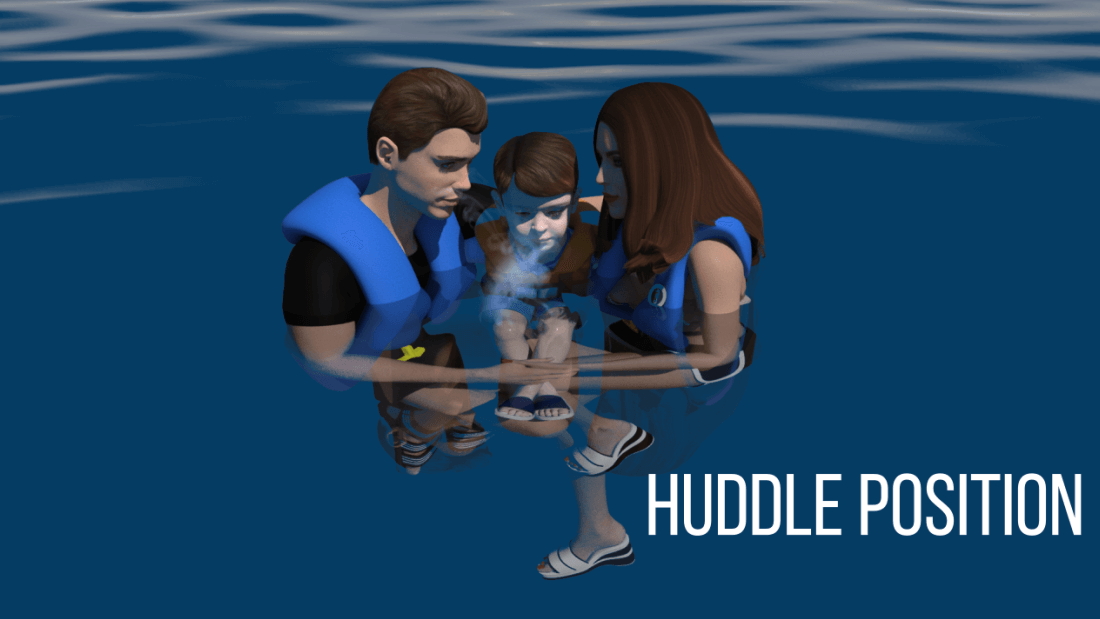Survival floating
Should you find yourself in the water, there are survival techniques you can use while waiting to be picked up.
Hopefully, you have been a safe boater and you have on your PFD. If not, you will have to float or tread water until rescued.
One method of floating is the horizontal back float.
What is the horizontal back float position?
This comfortable position keeps your face out of the water and allows you to conserve energy. You simply lie back motionless with your arms outstretched, arching your back slightly, allowing your legs to rise straight out.
Another method of floating is the vertical back float.

What is the survival floating technique?
Survival floating is an essential survival technique that can be a lifesaver when you find yourself stranded in open water.
Tilt your head back, slowly press down with your arms and legs to bring your mouth above the water, inhale, hold your breath and go limp for a few seconds. Your face will go underwater while you dangle your arms and legs. Exhale as you are tilting your head back and preparing to break the water's surface so that a minimum amount of energy and movement is required to keep your head out of the water long enough to inhale.
Treading water requires more energy than floating but keeps your head above water. Treading water is accomplished by doing a slow series of scissor kicks with your legs while slowly waving your outstretched arms back and forth on the water’s surface.

What to do if you get caught in a river current?
Should you find yourself capsized or overboard in a swift river current, turn on your back and position your feet pointed downstream. This will help cushion blows from rocks and debris.
When you find yourself in the water, keep your clothes on to help prevent heat loss. Because they also trap air, your clothes can assist you in floating
Wearing a PFD in the water is a key to survival. A PFD allows you to float with a minimum of energy expended and allows you to assume the heat escape lessening position - H. E. L. P.
This position, commonly referred to as the fetal position, permits you to float effortlessly and protect those areas most susceptible to heat loss, including the armpits, sides of the chest, groin, and the back of the knees.

If you find yourself in the water with others, huddle together facing each other with their arms around each other's shoulders.

